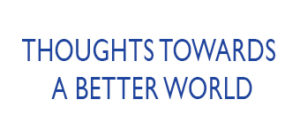National Voting Patterns in 2016 Presidential Election
Greg forwarded this link from the Oct. 5 New York Times. It is well worth the time to scroll through.
*
If you opened the link, you are at least interested. A few very brief thoughts.
At this advanced point in my life, I think I know myself pretty well: by nature, I’m an optimist. But these last months have been especially trying.
On the maps, I am a tiny speck of blue, often buried under a sea of (it seems) primarily red. It is easy to feel hopeless. But that attitude is unproductive, and self-defeating if I wish to see and effect positive change.
To begin, all is not as simple as red and blue colored maps.
I think of a deep, deep Red rural U.S. county I know pretty well.
In the 2016 election the vote there was about 25% Blue (Democrat) – that’s only one of four.
The County pretty obviously is deep Red (Republican).
But only about three of five eligible voters in the county actually voted in 2016. That is roughly consistent with the national average. Of course, it’s not knowable how the app. 40% who did not vote would have cast their ballot. Let’s say they’re roughly evenly split between some shade of Blue or some shade of Red. In the 2018 election, if past is prelude, even fewer of these folks will vote for their Congressperson, and other state and national and local officers. The reality is dismal. Most people don’t seem to care.
In this single example, if one Blue had convinced one Red to vote differently, the outcome would be 50-50, not 25-75. Maybe they might even give some thought to the implications of their vote, for themselves, personally.
Minds aren’t changed by being without effort. I think everyone knows this.
Are we up to effecting positive change?

Leave a Reply
Want to join the discussion?Feel free to contribute!